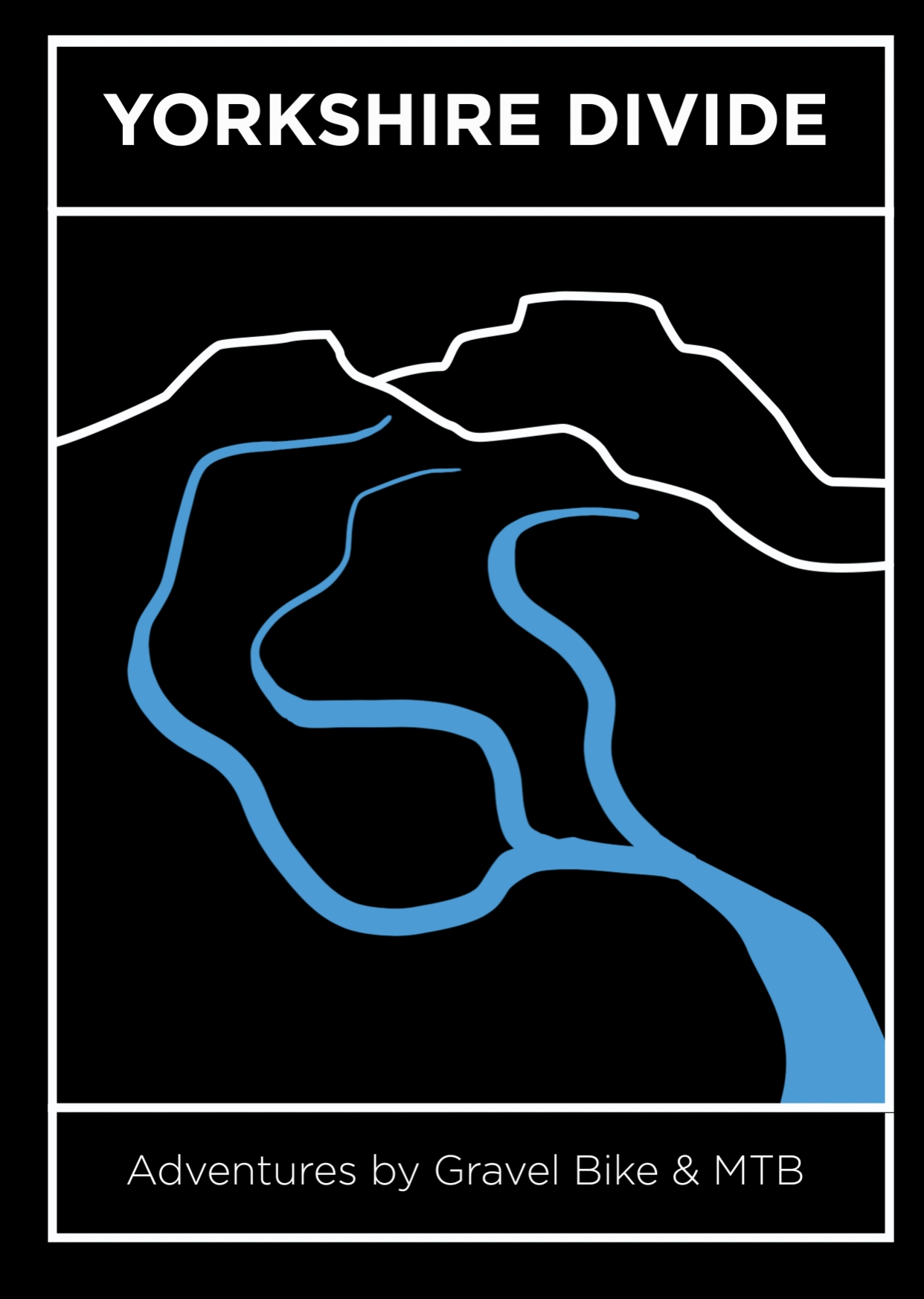Tracing the watershed
The three trails under the banner of the Yorkshire Divide - the Headwaters Trail, the Source to Sea Trail and the Calder Divide Trail - are long distance circular routes that connect the old network of pack horse trails that exist along the watershed of rivers that weave their way across Yorkshire.
The watershed of each of these rivers is a divide, along a ridge of high ground, that separates one river from its neighbour in the next valley.
This broad divide is not a fixed line, permanently marked on a map. It is a plateau of moorland that is criss-crossed by bridleways, causeways and greenways etched into the landscape over the last 1,000 years as farmers, labourers and merchants went about their day-to-day lives.
The word ‘watershed’ was originally a geographical term describing the edge of an area of land that captures and drains rain water into streams and onward into a single river that eventually flows into the sea. From that, watershed came to mean dividing line.
On the Yorkshire Divide we explore the Pennine moors and valleys by following the broad divide of the watershed, the high ridge of millstone grit, limestone and sandstone which are the bedrock from which Yorkshire’s rivers spring.
The watershed that feeds the becks, gills, streams and rivers in Yorkshire are where the wild spaces are. Those bits of the landscape that are still green.
Places such as Crimsworth Dean with a bridleway through oak woodlands managed by the National Trust, the Southern Washlands with gravel trails set amongst alder, sedges and willow that thrive along the river edge, the Howardian hills with tracks set within rich farmland, Mastiles Lane with its old drovers road set between high stone walls and the unique Cinder Trail which runs on an old railway line from Whitby to Scarborough.
Adrian Wright
January 2023
‘Yorkshire Hydrological Map of Rivers’ created by Chris Erichsen of ‘milestogo maps’.
Wildlife
Along the course of the Yorkshire Divide you may see:
Badger Fox Deer Peacocks Red Kite
Curlew Dipper Grouse Coot Heron
Kingfisher Stoat Otter Badger Field Mice Hare
Meadow Pipit Emperor Moth Stonechat Green Woodpecker
Kestrel Barn Owl Buzzard Snipe Cormorant
Bats Beetles Water Voles Northern Hairy Ant
Bogbean Bilberry Gorse Cotton Grass Sedge Grass
People
Today Yorkshire is home to around 5 million people. Their diverse stories are partly told in the four brick panels shown below. Each of the three multi day bikepacking routes pass directly in front of these panels in Castleford.








